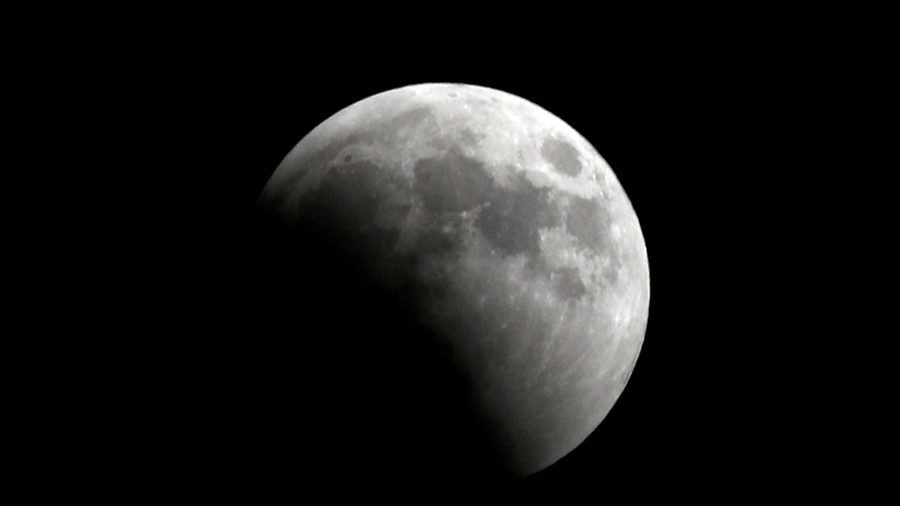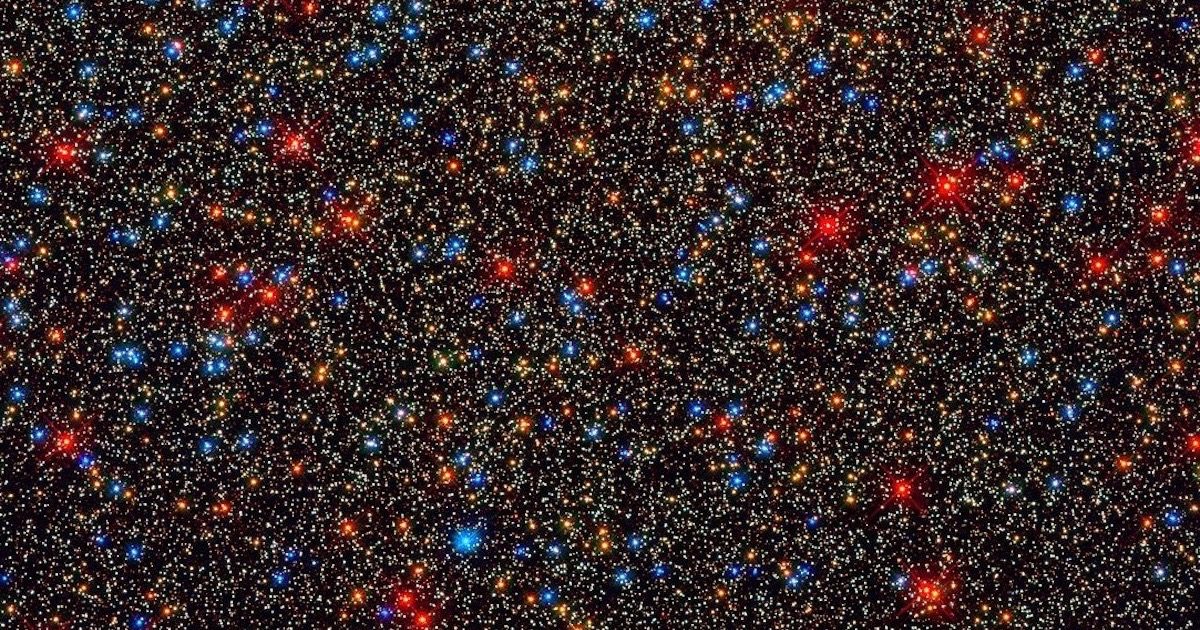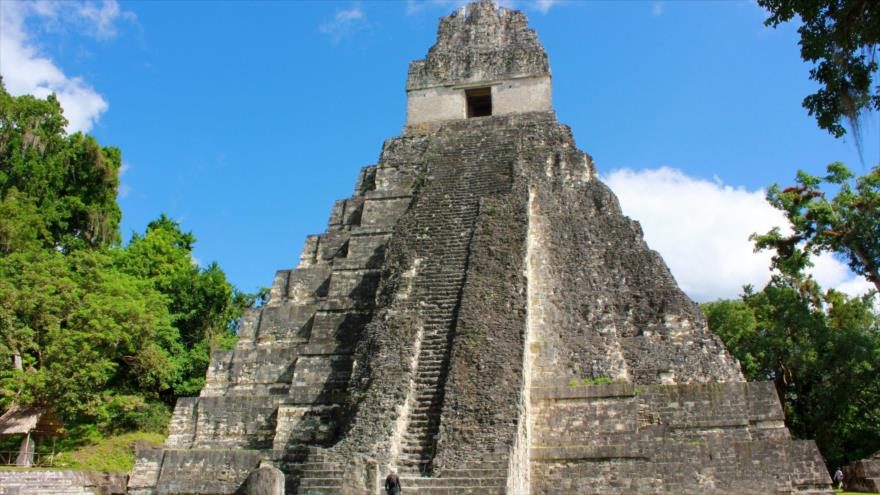
A gigantic volcanic eruption in Indonesia led to the wet and muddy conditions which contributed to Napoleon Bonaparte's defeat at the Battle of Waterloo, a study has suggested.
Two months before the battle changed the course of European history, Mount Tambora erupted on the Indonesian island of Sumbawa, killing 100,000 people and hurling huge plumes of ash up to 62 miles into the atmosphere.
The electrically-charged ash "short circuited" the ionosphere, the upper atmospheric layer responsible for cloud formation, researchers from Imperial College London said.
It led to a "pulse" of cloud formation which brought heavy rain across Europe and played a part in the French emperor's defeat.
Lead scientist Dr Matthew Genge said: "Previously, geologists thought that volcanic ash gets trapped in the lower atmosphere, because volcanic plumes rise buoyantly. My research, however, shows that ash can be shot into the upper atmosphere by electrical forces."












Comment: Future volcanic eruptions could cause more climate cooling